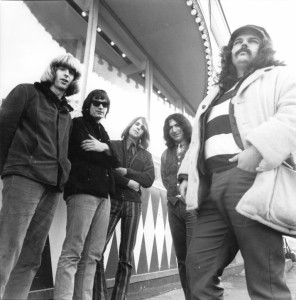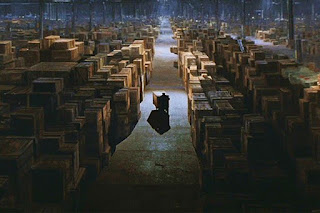Unit 8 Digitizing and Sourcing Images and Text (and Video)
Unit 8 - Digitizing and Sourcing Images and Text (and Video)
Digital materials are available from many sources, some free and some commercial. You can create your own digital materials with a digital camera or phone. You can photograph people, things, or places, or you can record a video or audio of them. You can take family documents or records and scan/photograph them into a digital format. You can convent VHS or reel to reel videos to DVD or digital storage. On the commercial side, you can buy movies, videos, DVD's, CD's, audio files, video files, ebooks, etc... You can watch "public" materials on streaming video or audio websites, you can "share" files on peer-to-peer networks, you can browse social media sites for pictures, videos, audio, etc...
I use my iPhone digital camera on trips and vacations. On a recent trip, I photographed cannons, statues, and landscapes at the Bull Run battlefield. At work, I often scan memos and briefings to share them via email and SharePoint.
I am reviewing technical options to display the events of First Bull Run with key personalities, graphics, and relevant data.
I am reviewing technical options to display the events of First Bull Run with key personalities, graphics, and relevant data.
Cohen and Rosenzweig, Chapter 3 "Becoming Digital"
- Digitizing items is worth the effort due to the accessibility, flexibility, and manipulability of the digital versions.
- Digitizers stand on the shoulders of giants who figured out lessons and best practices the hard way.
- Skepticism of the power of digital media was appropriate when it first appeared, and is till valuable today.
- You can lost certain qualities and value when you digitize an item. A compressed audio file does not sound as good as a pure audio file, and a picture of a painting may not show all the details, colors, lighting, etc...
- Digitizing adds costs, but thankfully technology and scale have reduced the costs.
- The CD vs vinyl debate lives on, and both sides are right.
- There is more to the process than just scanning pictures. You must select the materials, catalog them, verify them, scan them, record their "meta data," store them, publish them, and then maintain them.
- In my opinion, remote access is the most critical advantage of digital media. Researchers or interested viewers can access materials around the world without the costs of travel, lodging, time, etc...
- I laughed at the need to determine if there is an actual real audience for specific items. This is sensible, and adds to a cost-benefit analysis. If it is a passion project for a fan, he or she may accept and eat the costs. If it is using university or organizational funds, it may demand a better return in users.
- Digital searching revolutionized research.
- There are many options for digital text online. You can post a picture of the text, retype the text, use OCR to transcribe the text, publish encoded text, etc...
- Important advice: "scale matters - a lot."
- Lower cost equipment can do great work.
- The use of OCR should include a cost-benefit analysis to verify it is worth the time and effort. It can take a lot of resources to review and correct OCR, but it is still a valuable tool.
- It is not surprising that some vendors, artists, museums, etc... would use lower quality digital images or watermarks to discourage misuse, theft, plagiarism, etc...
- Digital historians may need to understand both digital and analog technologies to ensure accurate or quality transfers.
- Historians should assess outsourcing and see if it meets their needs. Large-scale operations usually involve overseas labor. I think security and safety of materials would be a major concern if items will be shipped overseas.
- Historians, or their orgs, should understand the basics of contracting to protect their projects and get the best value from vendors.


I always use lower resolution images on my notes and other items because (a) it's usually good enough for the web and (b) I don't want anyone to steal and profit from an image. I do not think that a lot of people realize this when they post to Facebook, for example.
ReplyDeleteOne other thing that I have learned from digitizing a lot of photos and slides is that you have to figure out a coherent system of tagging your images so that you can find the one you want when you need it.
It is almost to the point now where the iphone is the only piece of equipment that you need to digitize items!